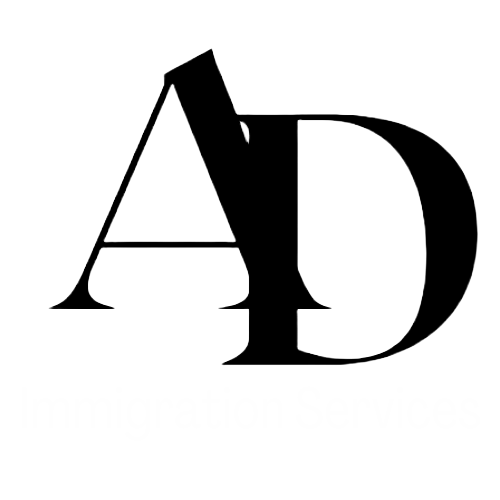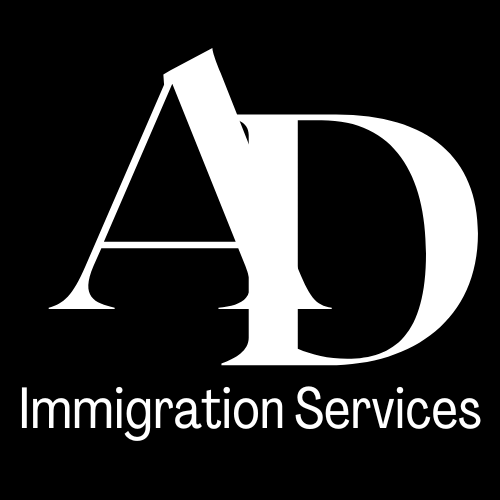Immigration, Refugees and Citizenship Canada (IRCC), (Ministry of Immigration), proudly offers a wide array of pathways for obtaining Permanent Residency (PR) in Canada. With over 60 distinct routes, it’s clear that Canada welcomes diverse talents and backgrounds. Nevertheless, it’s important to note that while these pathways are abundant, none of them are without challenges, and they all demand patience from applicants. In this article, we will explore some of the most commonly chosen paths to PR in Canada, along with their benefits and potential drawbacks.
Studying in Canada: A Pathway to PR
One of the more popular routes to PR in Canada begins with studying in the country. Pursuing a degree, diploma, or certificate is an initial step to experience life in Canada and determine if it’s a place you wish to call home permanently. To do so, applicants need a Study Permit, which necessitates admission to a Designated Learning Institution (DLI) in Canada, sufficient funds for tuition, the means to cover living expenses, and a strong case that studying in Canada in the chosen program and school will be of great benefit to the applicant.
While tuition costs can be high, ranging from $12,000 to over $100,000 annually, Canadian education is relatively more affordable than its British and American counterparts due to the favorable exchange rate. It’s common for students to receive financial support from parents or partners to meet these expenses.

In addition to academics, students are allowed to work part-time (up to 20 hours per week) during their studies and full-time during breaks. However, they must demonstrate that they can cover their living expenses without relying on this supplementary income.
Canadian Experience Class within Express Entry
Once a student accumulates one year of work experience in Canada, they become eligible for the Canadian Experience Class (CEC) within the Express Entry (EE) system. However, eligibility for CEC doesn’t guarantee a high enough EE score to receive an Invitation to Apply for PR. Many EE candidates find themselves this dilemma: they qualify for CEC but fall short on points. They must either boost their score or explore alternative pathways to PR.

Studying and Working in Specific Regions: Atlantic Immigration Program (AIP) or Rural/Northern Immigration Program (RNIP)
Another option for students is to study in an Atlantic province or a Rural or Northern community. These regions offer the opportunity to work during and after studies with a PGWP. Moreover, students in these areas may be eligible for PR through AIP or RNIP if their employer is a Designated Employer under these programs. This allows them to bypass competition within the Express Entry pool. Drawbacks to AIP and RINP are location. Many aspiring permanent residents want to live in and around the big metropolitan cities of Toronto, Vancouver and Montreal. AIP and RNIP require living in small, quieter and less populated cities, with less people also comes less competition for jobs and programs.

Provincial Nomination Programs (PNP)
PNP programs exists in all 10 provinces and 3 territories of Canada. The programs often require some sort of previous connection to the province, either past studies, past work experience, or a family connection in the province. Many of the PNP programs are also employer driven, that means that they require the applicant to have secured a job with an employer in that province, and often that job needs to be supported by an LMIA. Drawbacks to PNP routes are meeting eligibility criteria as well as fulfilling your commitment to reside in that particular province for a few years after obtaining PR.
Business Investment Route to PR
Entrepreneurial individuals may explore the option of starting or acquiring a business in Canada. This involves coming to Canada as a visitor, assessing the market, and negotiating a business purchase. To work in the business, they can apply for a Work Permit by either obtaining a Labour Market Impact Assessment (LMIA) to hire themselves or seeking an LMIA-exempt work permit by demonstrating their business’s Significant Benefit to Canada.
Working for a period, applying for another LMIA to become the Managing Director, and gaining 200 additional Comprehensive Ranking System (CRS) points can help individuals rise in the EE rankings, potentially leading to an Invitation to Apply for Permanent Residence. Down sides to obtaining PR through business investment is the amount of capital required, not only in the business purchase or start up, but the accompanying legal fees. However, the business pathway also allows for entrepreneurs to bring their expertise to Canada and make significant improvements.

International Experience Canada (IEC)
Young individuals aged 18 to 35 from 36 participating countries can take advantage of the IEC program. This initiative is broken into three categories: International CO-OP, Working Holiday, and Young Professionals. Through IEC, participants can work temporarily in Canada, gaining valuable Canadian work experience and exploring other PR pathways.
Consider Your Unique Profile
Your education, age, and work experience play significant roles in determining the most suitable immigration pathway. At Arsheen Devjee Immigration Services, we assist potential immigrants in identifying the right path and constructing strong applications. We remain updated on new pathways and potential connections, making the journey to PR in Canada more accessible.

Get Started!
The vast number of pathways to Permanent Residency in Canada can be both exciting and overwhelming. Careful consideration of your unique profile is essential to identify the most suitable route. If you’re eager to embark on your journey to Canada, contact us at Arsheen Devjee Immigration Services for a consultation to determine the best pathway for you and your family. Canada’s diverse and welcoming landscape awaits your arrival!

